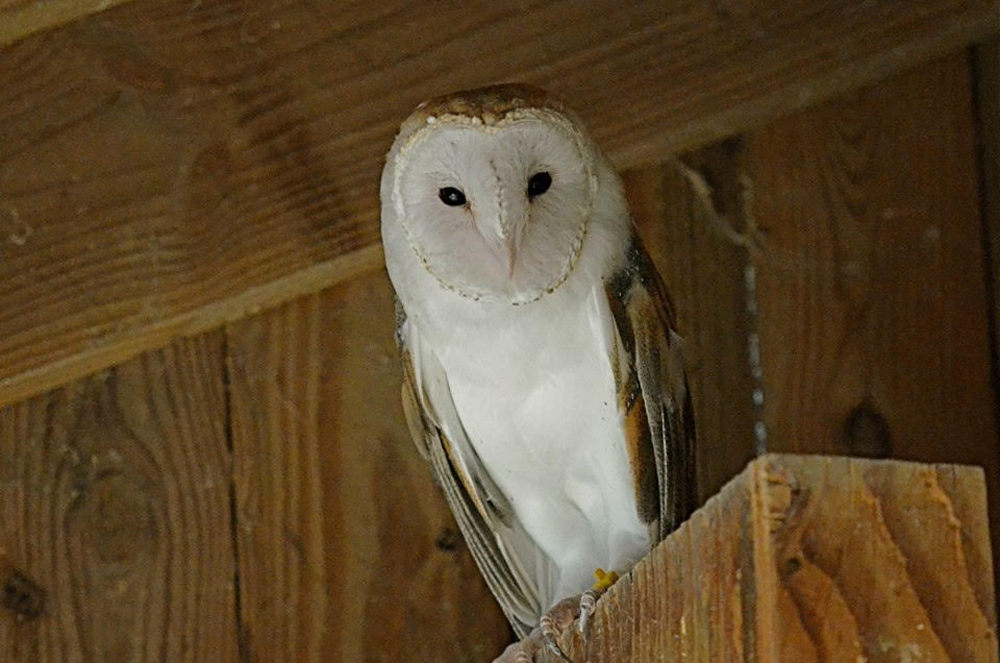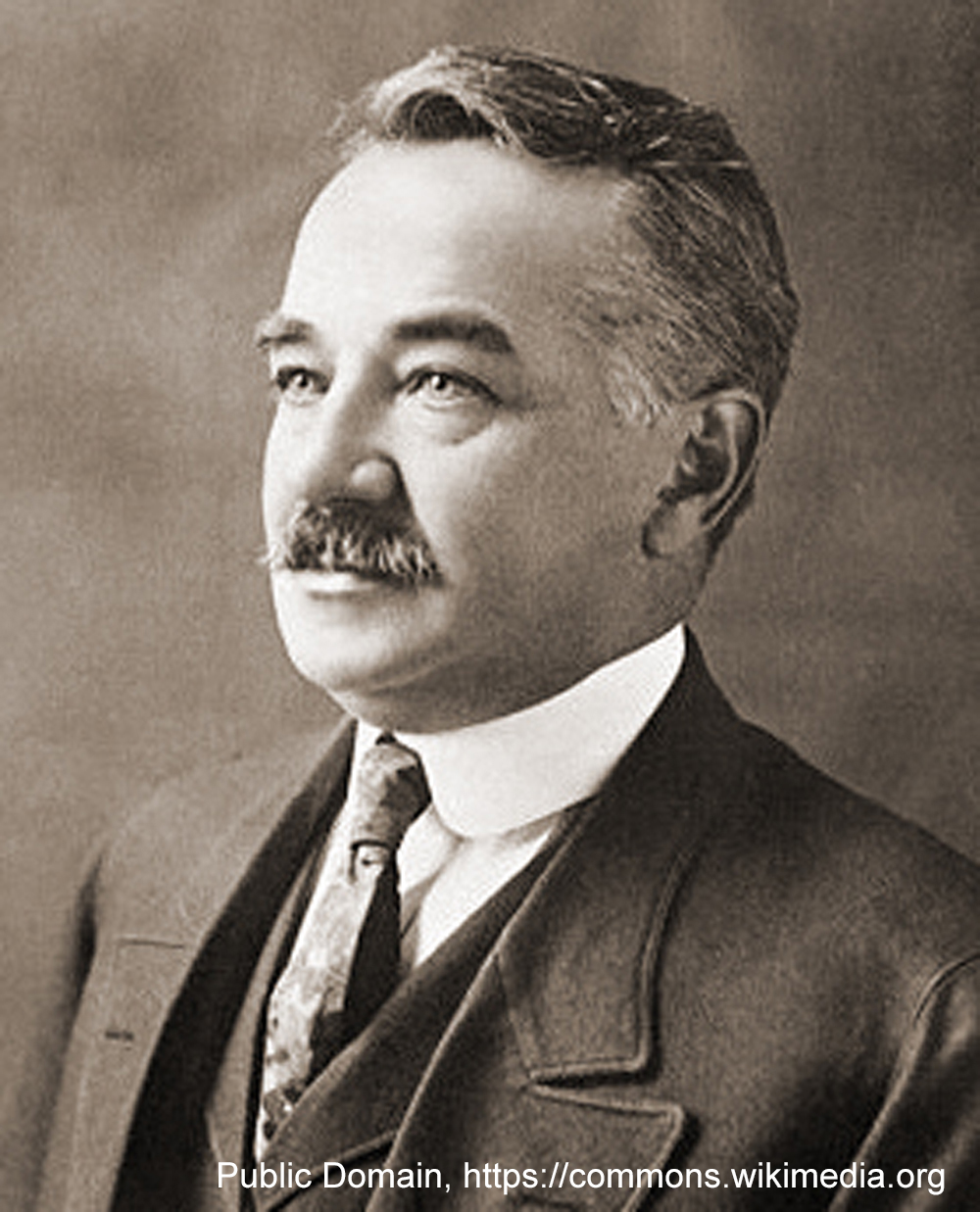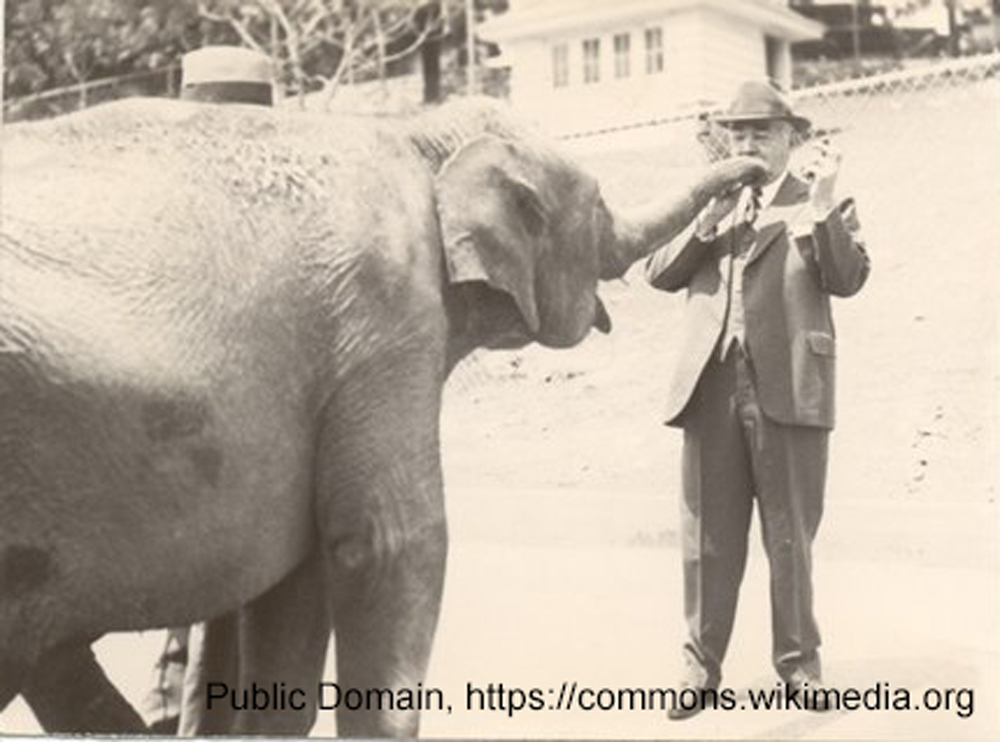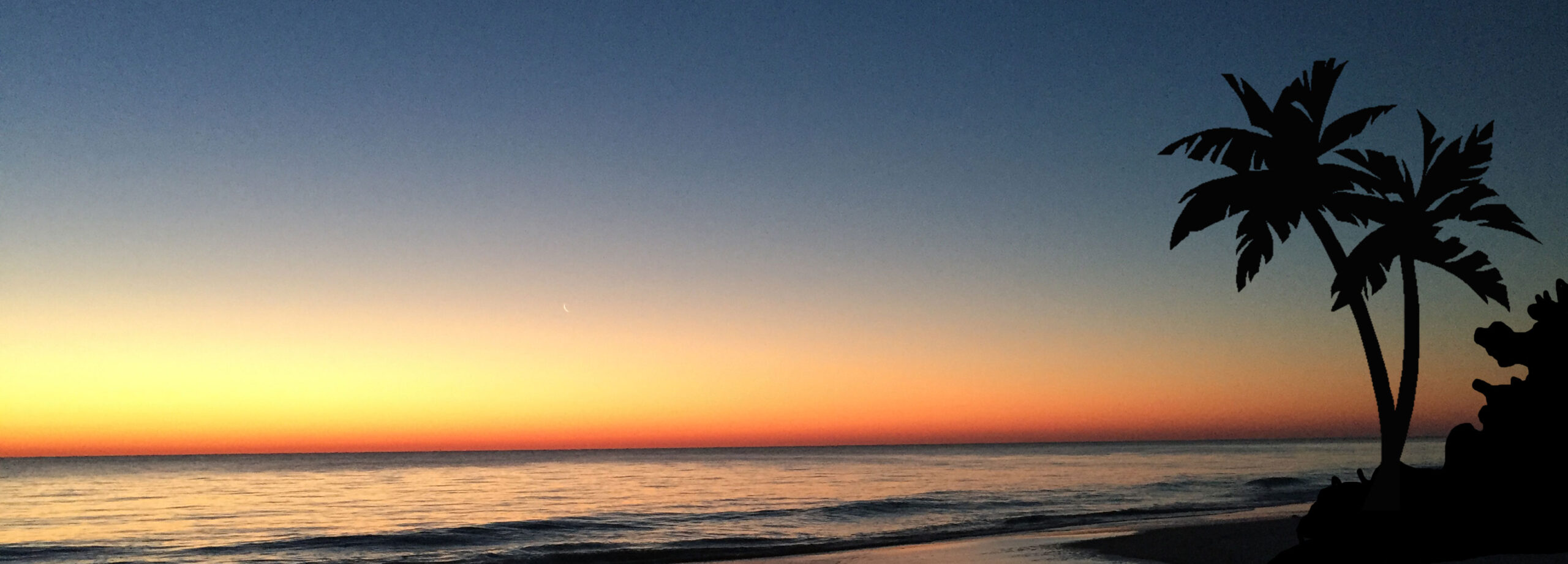
Place: ZooAmerica
Location:
201 Park Avenue
Hershey, PA 17033
Phone: (717) 534-3391
Website: https://www.zooamerica.com/
Milton S. Hershey
Milton S. Hershey was a very successful confectioner, candy maker, in the early 1900’s.
He was born in Pennsylvania in 1857, His parents were of German and Swiss descent. His father moved from place to place for work, which caused problems for Milton’s education. Milton only managed to get a fourth grade education.
His father apprenticed Milton to a printer at age 14. He found the work boring. When Milton accidentally dropped his hat in one of the machines, he was promptly fired. His mother insisted that Milton be apprenticed to a confectioner in Lancaster, PA. Milton loved this trade and worked four years for creating candy.

Milton traveled to Denver, New Orleans, Chicago, and New York working in confectioners and learning the candy making trade. He learned to make caramel candy with fresh milk. He learned that candy sold better in bulk.
In 1883, Milton started a confectionery business making caramel candy in Lancaster. It quickly became a success. A man from England visited Milton’s candy store and loved the caramels. His order was so big that Milton was able to pay off all his debts and buy more ingredients and equipment. By early 1890, the Lancaster Caramel Company employed 1,300 people in two factories. In 1900, Milton sold his caramel company for one million dollars, a huge sum of money in those days!
Milton started a new business with the money from the caramel company. He purchased about 30 acres of land northwest of Lancaster, near his birth place. It was surrounded by dairy farms that could supply his new factory with lots of fresh milk. This was very important because Milton’s new business was making milk chocolate. The Swiss closely guarded their milk chocolate recipe. Milton used what he had learned in the caramel business and perfected his own recipe for milk chocolate. His first chocolate bar was produced in 1900.
In 1903, Milton constructed a factory for mass producing milk chocolate. In 1907, the Hershey’s Kisses were produced. In 1908, the Hershey’s Almond Bar was introduced. Milton’s Hershey’s Chocolate Company grew to become the largest chocolate manufacturing company in the world.
Milton was of the belief that well cared for people made the best workers. Milton designed a model town for his workers, called Hershey. In 1935, the Milton S. Hershey Foundation was established. It was designed to provide the Hershey community with educational and cultural opportunities, such as museums, gardens, and theaters.
ZooAmerica
In 1905, Milton purchased land across the creek from his town. His purpose was to build a park for the leisure of his workers.
In 1906, Hershey Park was opened to the public with great festivity. The Hershey baseball club beat a Harrisburg team 13-1. The Hershey Band played music. The park was a great success.
In 1905, Milton was given 12 prairie dogs. To those were added a bear, birds, and deer. In 1910, the Hershey Zoo was opened to house all the animal donations that were coming in, including goats, fox squirrels, opossums, and peacocks. In 1914, more exotic animals were received, a lion, monkeys, and a leopard. The zoo required major renovations for the growing menagerie in 1915. By 1934 the zoo covered over 40 acres. It had hundreds of animals including baby elephants.
Milton died in 1945, leaving behind him a great legacy and no children. Most of his money was left to the Milton Hershey School Trust fund.

In 1975, under John Strawbridge, the zoo shifted its focus. The Zoo America North American Wild Life Park became a themed zoological park. It concentrated on North American animals. The 11 acre zoo had naturalistic exhibits. It officially opened in 1978.
1n 1982, ZooAmerica, became the second zoo in Pennsylvania to be accredited by the Association of Zoos and Aquariums.
Now the zoo has over 200 animals in 75 different species. They have conservation programs. They offer extensive educational programs and opportunities for education.
Sources
- “History.”ZooAmerica North American Wildlife Park. (c)2022. https://www.zooamerica.com/about-us/history.php
- “Milton S Hershey.” Wikipedia. last edited 7 July 2022. https://en.wikipedia.org/wiki/Milton_S._Hershey
- “ZooAmerica.” Wikipedia. Last edited 11 October 2021. https://en.wikipedia.org/wiki/ZooAmerica
- “Hersheypark,” Wikipedia. Last edited 9 July 2022. https://en.wikipedia.org/wiki/Hersheypark
